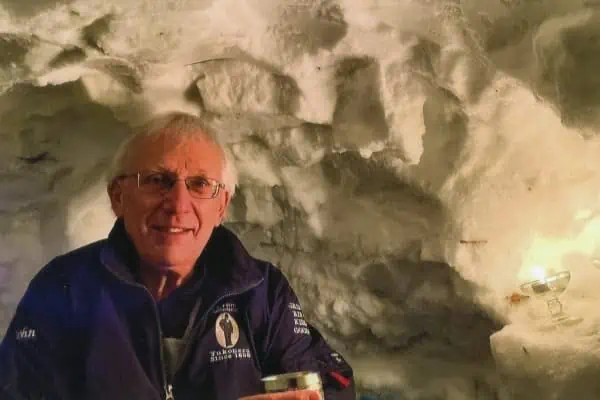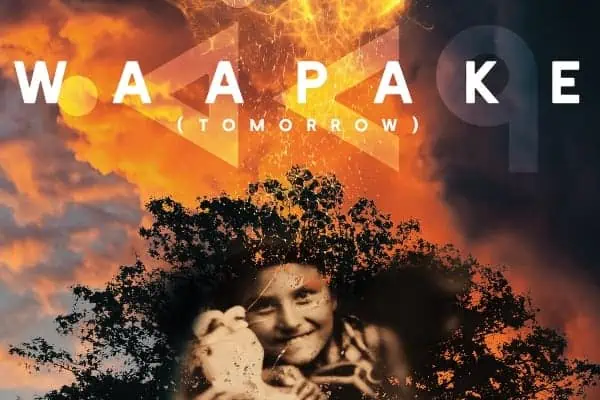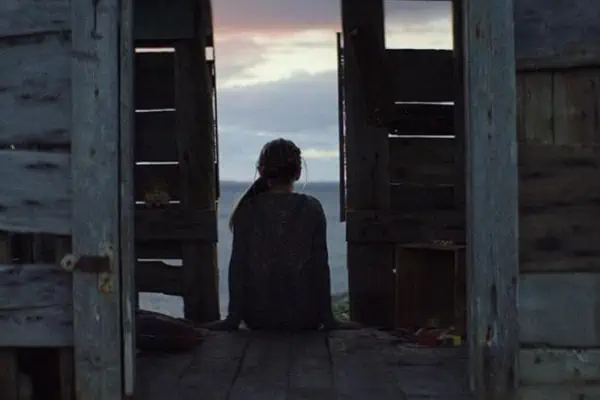Bold strokes of the present, intriguing photographs of the past: two new shows at Arts Underground offer you the Yukon in stereo.
Simon Gilpin displays After the Fire at Arts Underground until Feb. 23, and The Andover-Harvard Yukon Expedition, 1948, which will remain in place until early April.
After the Fire
Gilpin, who moved to Whitehorse from England two years ago, uses a variety of materials including pastel, oil paint, oil bar and watercolour; but charcoal predominates. Since charcoal is a material that’s left behind after a fire, this is apt. The first two drawings show us views of old forest fire burns. Strong diagonal strokes of black charcoal tie the compositions together.
The white marks in the drawings are made using an eraser lifting charcoal from greyed paper. Working this way is a little like working with clay — you can put material on and take it off again. Gilpin carves out the sky, giving it a luminous effect.
For this show he has chosen work he calls studies that would “not normally make it outside the studio.” These pieces value the energy of gestural marks in which the “fire of creation is still bright.” You could put more details in the drawings, but you would lose the power of these marks.
Gilpin shows us piles of logs, and hands, as well as people and landscapes. In “A Wife’s Hands,” the strokes of black shading between the fingers leap off the page, seemingly in front of the fingers themselves.
In “Yukon River Valley,” landscape forms barely contain the energy of the scribbled marks of which they’re built. Yellow, red and black lines shoot through the blue sky.
It’s interesting how Gilpin depicts people in town and out of town. His downtown Whitehorse portraits show people with strongly identifiable landscape elements in the background, including the Edgewater Hotel sign, the log skyscrapers and the S.S. Klondike.
In all of these compositions, hooded or ball-cap wearing people look downwards in the lower part of the painting, sharing equal emphasis with their environments. The other two, outside of the city with forest or cabin in the background, look toward the viewer. I wonder if it’s easier to encounter people eye-to-eye without the distractions of the city.
Andover-Harvard Yukon Expedition, 1948,
In the Hougen Heritage Gallery, you can take a trip backwards in time through photographs taken by Elmer Harp Jr., an archaeology assistant on the Andover-Harvard Yukon Expedition of 1948. The expedition made use of the newly created Alaska Highway to research human history and environmental change in the southwest Yukon since the last ice age.
The images include people from Burwash Landing, who helped the researchers access “remote areas” to do their research. I felt I was seeing men and women very much at home in their land. Three pictures of Mrs. Jonnie Johnson convey a strong sense of her strength of character and skills.
The MacBride Museum and Yukon Archives will keep The Andover-Harvard Yukon Expedition, 1948 up until early April, but get down to Arts Underground to see After the Fire before February 23.




